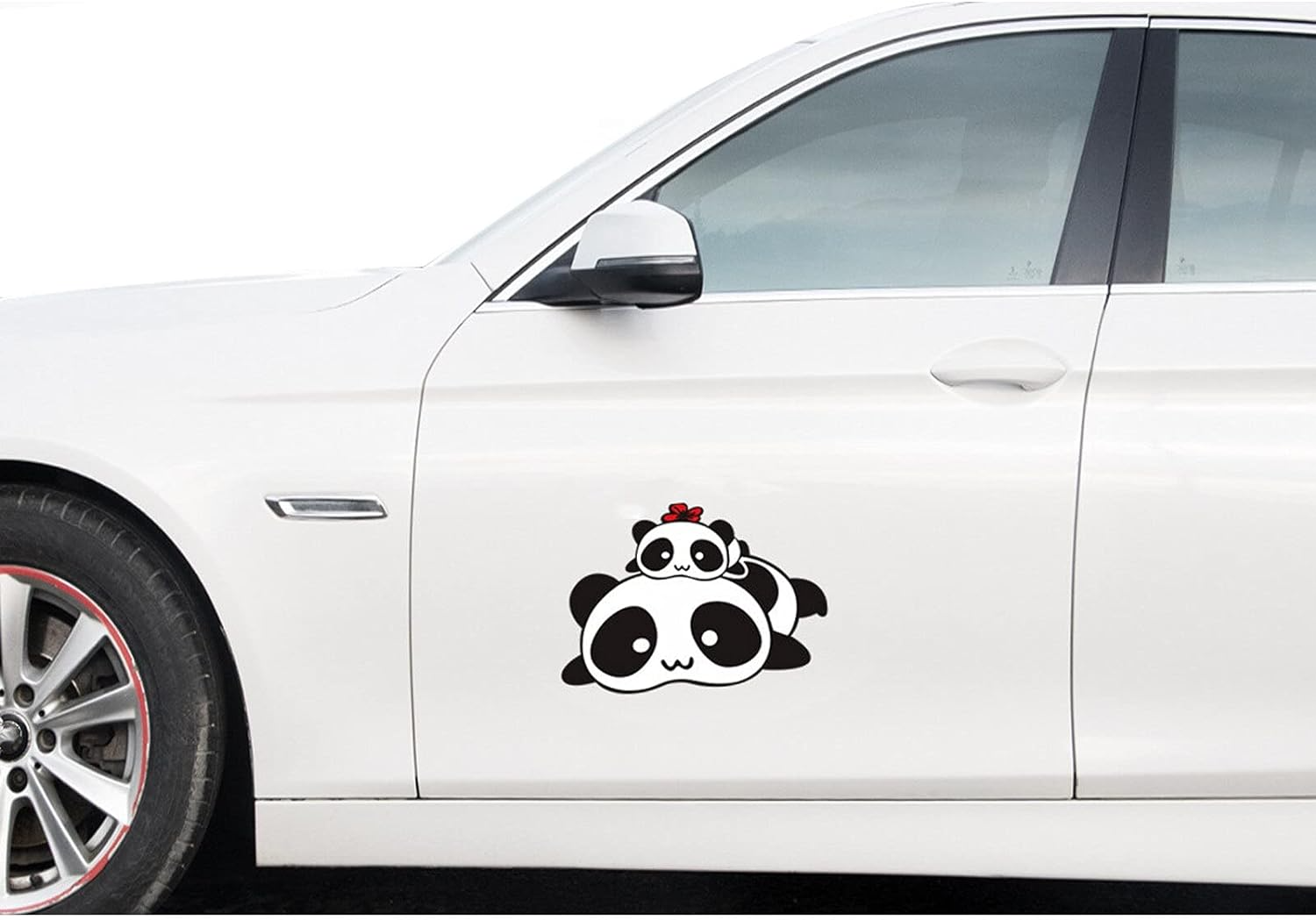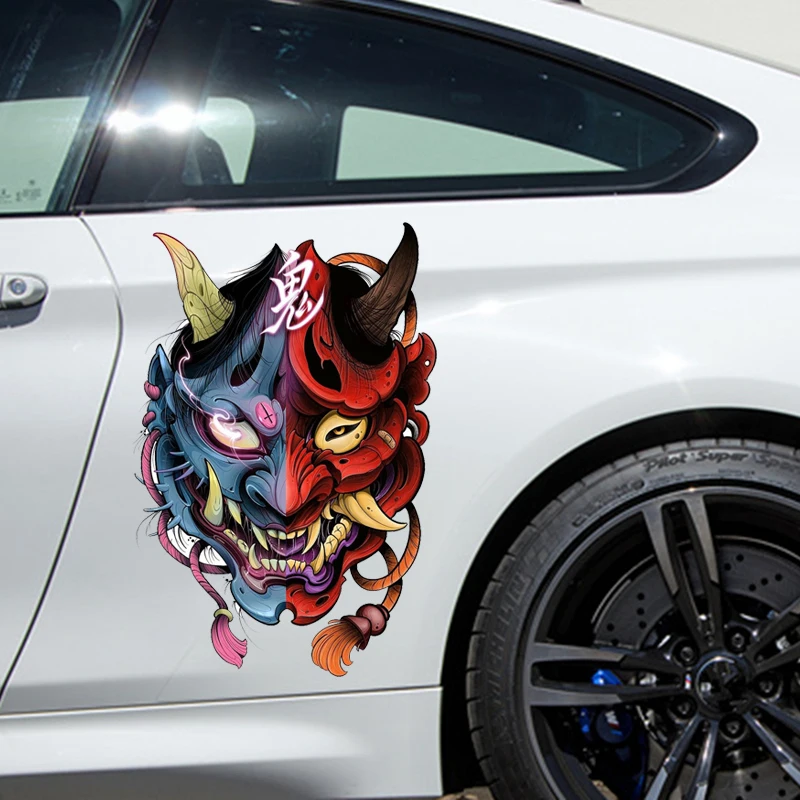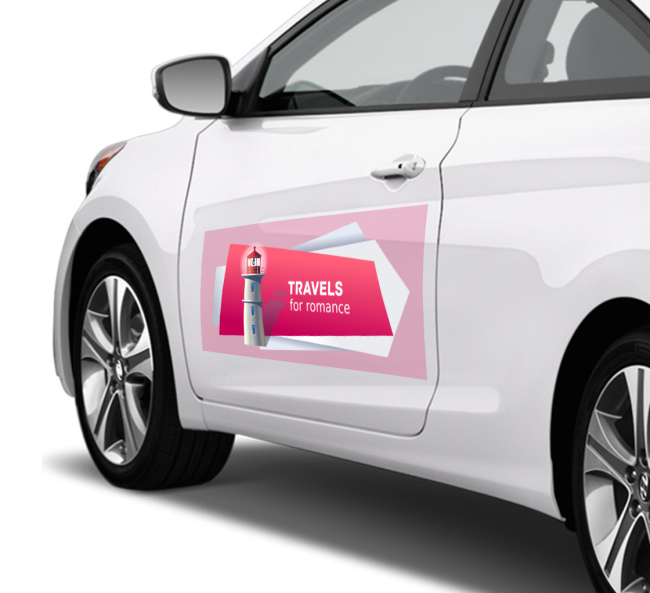In the realm of automotive customization, few elements are as versatile and expressive as car stickers. Far from being mere decorations, these adhesive artworks have evolved into powerful tools for self-expression, allowing drivers to showcase their interests, beliefs, and humor to the world. In this comprehensive exploration, we delve into the fascinating world of car stickers, examining their history, cultural significance, design aspects, legal considerations, and the future of this ever-evolving form of automotive artistry.

A Brief History of Car Stickers
Car stickers, or decals, have roots dating back to the early days of automobiles when simple branding and identification marks adorned vehicles. However, it wasn’t until the mid-20th century, with the rise of pop culture and commercial printing advancements, that car stickers transformed into popular accessories for personal expression. From political slogans to cartoon characters, they quickly became a canvas for drivers to display their personalities.
The Power of Personal Expression
A Canvas on Wheels
One of the most alluring aspects of car stickers lies in their ability to turn an ordinary vehicle into a unique reflection of its owner. Whether it’s a witty phrase, a favorite band logo, or a symbol representing a cause close to the heart, these stickers serve as conversation starters and icebreakers, connecting like-minded individuals and sparking dialogues on the go.
Identity and Belonging
Car stickers also play a pivotal role in fostering a sense of community. From sports team emblems to university logos, they signal shared affiliations and interests, allowing drivers to find common ground with others on the road. This visual language creates a sense of belonging and camaraderie among strangers, turning public spaces into arenas of social cohesion.
Design Considerations: Creativity Unleashed
The Artistry Behind Sticker Design
Designing car stickers is an art form that balances creativity with functionality. Designers must consider factors such as visibility, durability, and the contours of a vehicle when crafting their artwork. Bold colors, clear typography, and clever illustrations are essential to catch the eye and convey a message effectively, all while enduring the rigors of outdoor exposure.
Customization and Personalized Designs
The rise of digital printing technology has democratized sticker design, enabling individuals to create completely personalized stickers tailored to their unique tastes. From family portraits to intricate graphic designs, custom stickers offer unparalleled opportunities for self-expression, ensuring that each vehicle is a true one-of-a-kind.
Legal Perspectives: What You Need to Know
Regulatory Guidelines
While car stickers offer a canvas for free expression, they are not without legal boundaries. Regulations vary by jurisdiction but commonly address issues such as obscenity, size limitations, and placement restrictions to ensure safety and maintain public decency standards. Drivers should familiarize themselves with local laws to avoid fines or the need to remove offending stickers.
Respectful Expression
In addition to legalities, it’s crucial to consider the social implications of sticker content. Offensive or divisive messages can alienate others and contribute to a negative driving environment. Responsible use of this medium encourages positive expressions that uplift rather than offend.
The Future of Car Stickers: Innovation and Sustainability
A New Era of Interactive Expression
As we venture further into the 21st century, the future of car stickers is set to redefine how we interact with our vehicles and the world around us. The integration of advanced technologies, particularly in the realms of augmented reality (AR) and smart materials, promises to transform car stickers from static decorations into interactive platforms.
Augmented Reality: Stickers Come Alive
AR technology overlays digital information onto the real world, and when applied to car stickers, it unlocks a world of possibilities. Imagine scanning a sticker on a parked car with your smartphone to reveal an animated character, a promotional video, or even a gamified experience. This fusion of the physical and digital worlds could revolutionize advertising, making car stickers a novel marketing tool for businesses and a source of entertainment for passersby. Furthermore, educational stickers could transport learners into virtual environments, enhancing the learning experience and making every commute an opportunity for discovery.
Smart Stickers: Reactive and Adaptive
Advancements in material science are leading to the development of ‘smart stickers’ capable of reacting to their environment. These stickers might change color based on temperature, glow in the dark for enhanced night visibility, or even display real-time data, such as air quality indices or weather updates. By incorporating microelectronics and responsive materials, smart stickers could make vehicles not just moving billboards but also mobile sensors, contributing to smarter, safer cities.
Sustainability Takes the Wheel
In parallel with these technological leaps, there’s a growing emphasis on the environmental impact of car stickers. Traditional vinyl stickers, though durable, pose challenges when it comes to disposal, often ending up in landfills. However, the future points towards eco-friendly alternatives that marry innovation with sustainability.
Biodegradable Materials
Bioplastics derived from renewable sources like cornstarch or sugarcane are being explored as substitutes for conventional vinyl. These materials break down naturally over time, reducing waste and pollution. Additionally, the development of compostable adhesives ensures that the entire sticker, once removed, can return to the earth without leaving a lasting footprint.
Recycling Initiatives
Recycling programs for car stickers are also on the horizon. Companies are exploring ways to collect used stickers and recycle them into new products, closing the loop on the lifecycle of these automotive accessories. This circular approach not only mitigates waste but also encourages consumer responsibility and engagement in sustainability efforts.
Cultural Shift and Consumer Awareness
The future of car stickers will also be shaped by a cultural shift towards more conscious consumption. Consumers are increasingly demanding products that align with their values, including sustainability and ethical production. As such, stickers that boast eco-friendly credentials are likely to gain popularity, influencing both individual choices and industry practices.
Collaborative Innovation
Collaboration between designers, engineers, and environmental scientists is key to realizing the full potential of sustainable and innovative car stickers. By pooling expertise, the industry can accelerate the development of stickers that not only express individuality but also contribute positively to society and the planet.
Conclusion: Sticking with the Times
Car stickers are more than just decorative elements; they are a dynamic means of personal and communal expression that evolves alongside technological and societal changes. As we look towards the future, the potential for innovation and sustainability promises to elevate this humble form of automotive art to new heights. Whether used to share humor, promote a cause, or simply add a touch of personality to a vehicle, car stickers continue to drive conversations, build communities, and reflect the ever-changing tapestry of human expression on the roads of the world.




